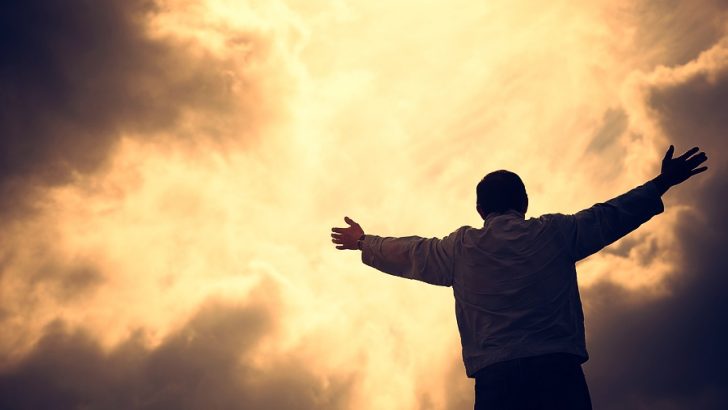“We should not forget the quiet but vibrant faith which still remains”, writes Andrew O’Connell
Three simple stories taught me something of the mission of people of faith in Ireland today.
Firstly, I was walking past a church in Dublin last week and, instinctively, blessed myself. A young woman walking against me noticed and, looking mildly surprised, glanced at the doors of the church, and proceeded to do the same.
It was a neat example of the value and effectiveness of bearing witness to the Faith. The gospel is very clear about the dangers of a showy faith, but in this culture where faith risks becoming invisible, there is a need for some level of appropriate public expression.
If we continue on the current trajectory, an increasing number of people will assume that religious faith has vanished altogether and this increases the risk of a sense of isolation among believers.
So, encouraging one another is important and that brings me to the second story. Some years ago, a Dubliner told me his wife, a regular Mass goer, was badly shaken by the Murphy Report and was tempted not to go to Sunday Mass.
She had reached the door of her church, still unsure about proceeding. Just then, a young woman passed her by and entered ahead of her.
Seeing the young woman, she told her husband, was enough to encourage her to continue. Often we give encouragement to each other unknown to ourselves.
Finally, we should not forget the quiet but vibrant faith which still remains.
I went to meet a friend, a priest, after his Saturday Vigil Mass last month.
He mentioned he would be hearing Confessions afterwards and might be delayed. I reckoned this wouldn’t take too long. After all, no one goes to Confession in Ireland anymore, right? Wrong. I waited in the back row for a good 40 minutes as a queue of parents, young adults and teenagers shuffled their way to the box.
The experience surprised me. It has become very easy to assume Confession is a thing of the past but that’s not the full story.
In a culture where faith risks becoming invisible it is vital for believers to make sure it has some visibility.
We make it visible not in an overly demonstrative way, but in ways that show that God is a reality for many people in Ireland today. We need to encourage each other as we do this and remind each other that we are not alone.
Politicians in the pulpit
More than a few Massgoers will be deeply annoyed at the sight of political canvassers at their church gates as the general election approaches. They should be sure to make their feelings known, politely but firmly. Whatever about meeting politicians at the church gate, you can be fairly sure you won’t be listening to them, or hearing them endorsed by name, in the pulpit. Not so in the United States where evangelical pastors will endorse presidential particular candidates at Sunday services.
Maybe it says something about the Catholic liturgy’s orientation towards the worship and honour of God that we don’t meet election candidates in the pulpit at Sunday Mass this week.
Our lady of dublin: The Carmelite church at Whitefriar Street in Dublin is well known as the home of St Valentine’s relics. But it also houses the Shrine of Our Lady of Dublin, the centrepiece of which is a black oak statue of the Blessed Virgin with the Christ Child. The statue dates to the 16th century and originally belonged to St Mary›s Cistercian Abbey on the north bank of the Liffey, hence today’s street name, Abbey Street.
After Henry VIII’s dissolution of the monasteries, the statue, with its hollow back, was reputedly used as a pig trough. It eventually made its way to a Jesuit chapel on Mary’s lane before ending up in a second hand shop in Capel Street where it was purchased by Carmelite, Fr John Spratt.
It’s an historical gem in the heart of the city and worth a visit.



